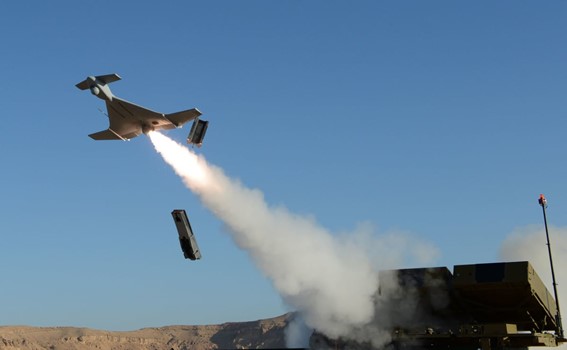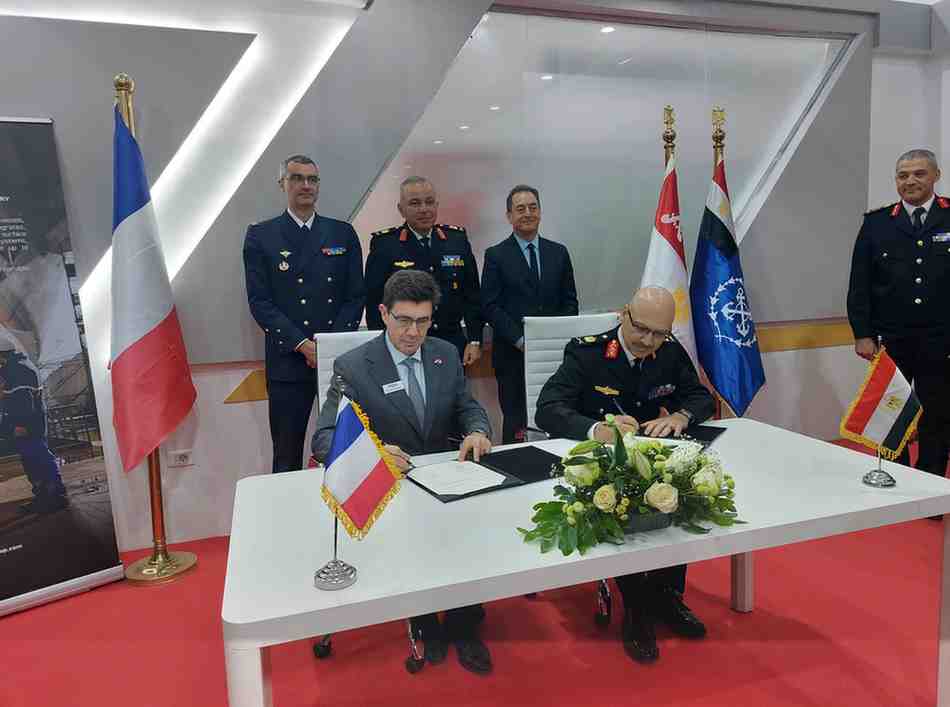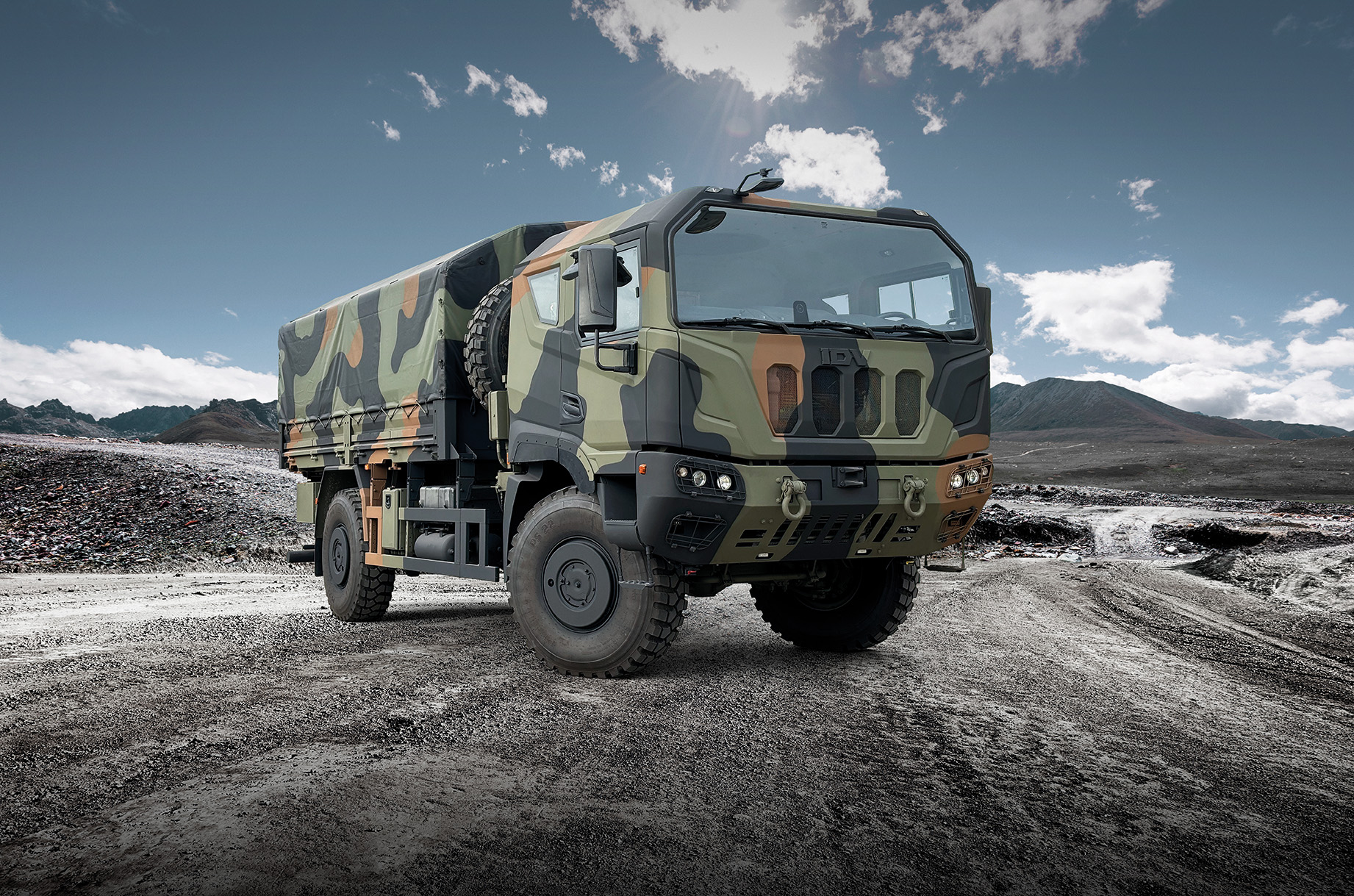The students of international relations, political sciences and other disciplines especially the student of defense and strategic study .Most of the time listen a statement from the strategic scholars and pundit’s and that is ‘21th century are the time when the weapons in the battle field got full autonomy and almost eradicate the human element from the war scenario ’’.so the question arises how a weapon achieve this kind of capability without human intervention .what are the hidden factors behind this capability .This Article tries to discovers these hidden factors and also relates these factors with ground realities by defining the role of fully autonomous weapons means the ”loitering autonomous weapons” how they work and they evolve has a revolution in the modern military affairs
As the above statement shows this Article is about loitering autonomous weapons. So without knowing the proper definition and meaning of anything nobody knows that thing at all so first of all this Article defines the Etymology of the word ‘’loitering autonomous weapons’’ According to the Oxford Dictionary of Etymology the word ‘’loiters’’ means to stand or wait somewhere, especially with no obvious reason than the word ‘’autonomous’’ means able to govern itself or control its affairs and then in the last the word ‘’weapons ’’ means an object that is used for fighting or attacking somebody or something. So under the realm of this definition in the book Army of None, Paul Scherer defines loitering munitions as a fully autonomous weapon that can “search for, decide to engage and engage targets on their own” in such a way that no human can intervene. Some people often confuse drones and loitering autonomous weapons as a same thing but that’s not true because drones come under the definition of semiautonomous weapons, which means the weapons are controlled by the human operator who lunches the weapon at a specific known target or group targets. And then chooses the target and the weapon carries out the attack with proper human instruction on the other hand the loitering autonomous weapons come under the definition of fully autonomous weapons, which means these weapons have the full capability of searching for and finding targets over a wide area, allowing human operators to lunch them without knowledge of specific target in advance. The human decides to launch the fully autonomous weapon, but the weapon itself chooses the specific target to engage or attack and then destroy accurately.
The basic idea of loitering autonomous weapons was perceived by the hunting tactics of an animal named Weasels, Weasels are cunning and adept predators that hunt prey tirelessly throughout the day and night. They’re skilled climbers, swimmers and runners. Their long, slender bodies allow them to raid underground burrows, follow rodents into small spaces and wrap themselves around larger prey to hold them still. So following the above during the Cold War American air force gave the code name “Wild Weasel” United States Armed Forces, specifically the US Air Force, to an aircraft, of any type, equipped with anti-radiation missiles and tasked with the Suppression of Enemy Air Defenses. The wings of the name of Wild Weasel were especially designed to eradicate the problem of The Soviet SA-2 surface-to-air missile that created a lot of resistance during the Vietnam War for the American forces, especially for the American air force so the aircraft of Wild Weasels fly on a low altitude and loiter around the SA-2 surface-to-air missile launching sites and after detecting these missiles they destroy them with anti-radiation missiles. The loitering munitions were inspired in part by “Wild Weasel” flights, by removing the pilot from the anti-missile aircraft, the designers of loitering munitions reduced the risk of bodily harm in seeking out these weapons. By expanding the flight time, the loitering munitions could look for both known and unknown missile installations.
Loitering autonomous weapons is working using the following war strategies: Sir William Mitchell said in his book “The Doctrine of American Forces” that the principal mission of Aeronautics is to destroy the aeronautical force of the enemy, and, after this, to attack his formations, both tactical and strategically, on the ground or the water. The secondary employment of aeronautics pertains to their use as an auxiliary to troops on the ground to enhance their effect against hostile troops. Likewise, the above strategy Sir John Warden in his book “The Air Power of America” said because of the unpredictability of human behavior and the predictability of material damage, the capability of the enemy should be targeted as the priority. Attacking the center of gravity COG in the outer rings can yield a more immediate impact than an attack on the ones at the center. So loitering autonomous weapons has the capabilities to implement the above strategies in the wartime scenario with much precision and accuracy this Article further defines below.
Autonomous weapons systems are destructive devices that have been given the ability by their human inventors to examine their surroundings, identify prospective enemy targets, and decide on their own whether or not to attack those targets using sophisticated algorithms. A mobile combat platform, such as a drone aircraft, ship, or ground vehicle; sensors of various types to scrutinize the platform’s surroundings; processing systems to classify objects discovered by the sensors; and algorithms directing the platform to initiate attack when an allowable target is detected are all required in such systems. An autonomous weapons system, according to the US Department of Defense, is a “weapons system that, once triggered, may choose and engage targets without further involvement by a human operator.”
Autonomous weapon system work on these four steps
- Observe(search for target)
- Orient(detect target)
- Decide(decide to engage target)
- Act(Engage Target)
According to the Congressional Research Service of the United States, autonomy is “the level of autonomy that people provide a system to complete a given task.” “Autonomy refers to a range of automation in which autonomous decision-making can be adjusted for a specific goal,” To put it another way, autonomy refers to the extent to which humans are “taken out of the loop” in decision-making, with AI-enabled robots taking on increasing amounts of responsibility for key battle decisions.
Because most nations have yet to deploy fully autonomous weapon systems on the battlefield, this emphasis on the “spectrum of automation” is critical. “Autonomous and semi-autonomous weapons systems shall be designed to allow commanders and operators to exercise appropriate levels of human judgment over the use of force,” according to current US doctrine, as stated in a November 2012 Defense Department directive. Nonetheless, this government, like others, appears to be creating and testing weapons that will allow humans to have ever fewer controls over their future use. But on the other side, the US forces tested their advanced loitering autonomous weapons from time to time as a future strategy like in the 2023 testing of X-62 Vista F16 jets which are capable of engaging human control jet in dogfights
Autonomous weapon systems, as defined, are not specifically regulated by international humanitarian law (IHL) treaties. However, it is undisputed that any autonomous weapon system must be capable of being used, and must be used, in accordance with IHL. The responsibility for ensuring this rests, first and foremost, with each State that is developing, deploying and using weapons. The obligation to carry out legal reviews of new weapons under article 36 of Additional Protocol to the Geneva Conventions is important for ensuring that a State’s armed forces are capable of conducting hostilities in accordance with its international obligations.
Table of Contents
Toggle“Article 36 of Additional Protocol I requires states to conduct a legal review of all new weapons, means and methods of warfare in order to determine whether their employment is prohibited by international law, Autonomous weapon systems should, like any other weapon systems, be subject to such a legal review”
Before the 2020 the war of Armenia and Azerbaijan world never seen the use of autonomous or semi-autonomous weapons in the full flag war even America used the drones in the war against terrorism and that was not consider as a full flag war, but the 2020 war of Armenia and Azerbaijan show the futuristic scenario of war, where the Azerbaijani forces use the Israeli made loitering autonomous weapons against Armenia with full of accuracy and precision these weapons detect the Arminian air defense system on ground then decide to engage it either deter or destroy so by using the artificial intelligence these weapons work as a suicide bombers by self-destroying after detecting target .These weapons helps the Azerbaijan on tremendous level and that’s way they win this war. These weapons also impact the military in future due the following elements.
They Eliminate the Fog of War by providing superior information. These weapons are agile and low-cost. These weapons provide Smaller Force Structures because on-sky they have squadrons with no human pilots and the on-ground crew led by software engineers. They are the Deadliest weapons than traditional jets due to their silent features of “knowing no fear shows no mercy” to the enemy as compared to their human counterparts.
Muhammad Kashif Mumtaz
The author is a graduate of the National Defence University (NDU), Islamabad, specializing in Strategic Studies, with a keen interest in traditional and non-traditional security paradigms.
- This author does not have any more posts.












